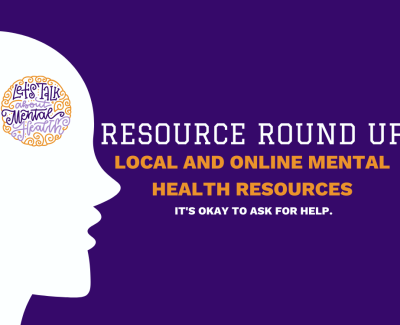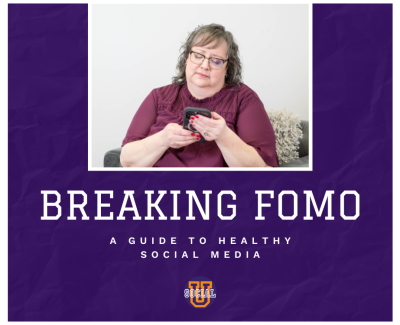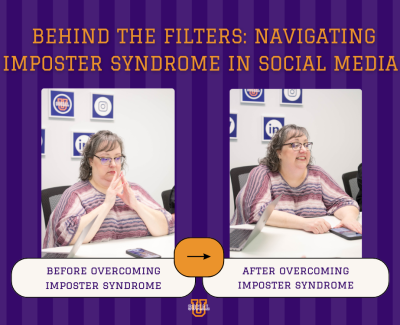For this #TechTipTuesday, we’re talking all about apps to help you find the best hashtags for your Instagram images and account. There are plenty of tools to choose from, but I’m all about how user-friendly they are and how simple my experiences with them have been. Several of these I use all the time.
RiteTag
If you have no idea where to start and are totally clueless, you can upload text or an image to have RiteTag make hashtag suggestions for you. All of its suggestions are based on real-time engagement, so you can see what people are talking about right at that moment.
The only drawback: somewhat limited options. RiteTag is a great place to get started, but you do want to make sure you’re continuing to research whether the tags they’re suggesting are the best ones for you to use. RiteTag is $7.50 per month. You either have to log in with a social media account or install a Chrome extension, which is kind of a turn off for me personally.
Hashtagify
This is by far my favorite; I use it more than anything else. I’ve always used the free version, but the paid version is $7 a month. You can get different levels of service if you have a team, but you’d have to use it thousands of times to justify the team pricing.
Hashtagify aims to find, analyze and amplify your hashtag strategy, which means I can go find a hashtag I think will work and it will tell me how effective it is. It’s very simple and easy to see and understand. When you search a hashtag, it will tell you what percentage of people are searching for that tag. You want to make sure you have some that are very generalized and others that are custom. You need to have at least one hashtag that is completely unique to your business and then others that are more generic for a good mix.

HashMe
This app allows you to upload a photo or search a hashtag with text input. Similar to RiteTag, HashMe shows you which hashtags are trending so you can select the ones you like and paste them right to Instagram. They both do essentially the same thing, you just have to try each of them so you can see which one works best for you.
HashMe is easy to use and works fine, you just have to experiment and see what you prefer. As opposed to RiteTag, HashMe doesn’t require a connected social media account to sign in, which I really like. It’s free to start, and $4.99 a month afterward.
Flick
Flick has a free version and a paid version for $4.99 per month. You can manage, optimize and save your hashtags, similar to Hashtagify. The main difference is the way Flick generates information.
You can type a word into Flick and it will show you how many people are clicking through it, tell you whether it’s local, and give you a list of options that will work for you. I personally prefer the look of Hashtagify. Flick is still awesome; I would definitely put it up there with Hashtagify. I like that it’s easy to use: you log in, you check it out and then it gives you other options instead of just one word. That way, too, you can see how many people are looking for each topic so you don’t go down the wrong rabbit hole with your hashtags.
Most people forget about this – Instagram tells you how popular tags and searches are. Simply check your competition, see what they’re using and then go research those hashtags. One of the best things you can do to find hashtags that work for you is to brainstorm a list of things you think might work, take a look at your competition on Instagram, choose which tags you think are working for them and then go to Hashtagify to research whether they actually work.
You’d be shocked sometimes by the tags you thought would be amazing that don’t have enough followers to even register a percentage. So make sure you aren’t wasting your space on tags that nobody’s looking for. Also be sure you aren’t sticking strictly to tags with 90 percent engagement and ignoring hashtags specific to your brand – no one will find you in the masses. You want to lead them to you, not away from you.
Start with Instagram by following hashtags that mean something to you. Instead of following tons of accounts, you can follow specific hashtags to keep up with how they’re doing. You can sift through posts you like and see what hashtags they’re using.
Once you have your master list, you want to make sure you aren’t stealing someone’s hashtag away from them. Also check whether your hashtags have any sort of negative or obscene connotation. Sometimes industries use hashtags you’d never expect, so you want to make sure you’re being cautious and not getting traffic from the wrong resources.



0 Comments